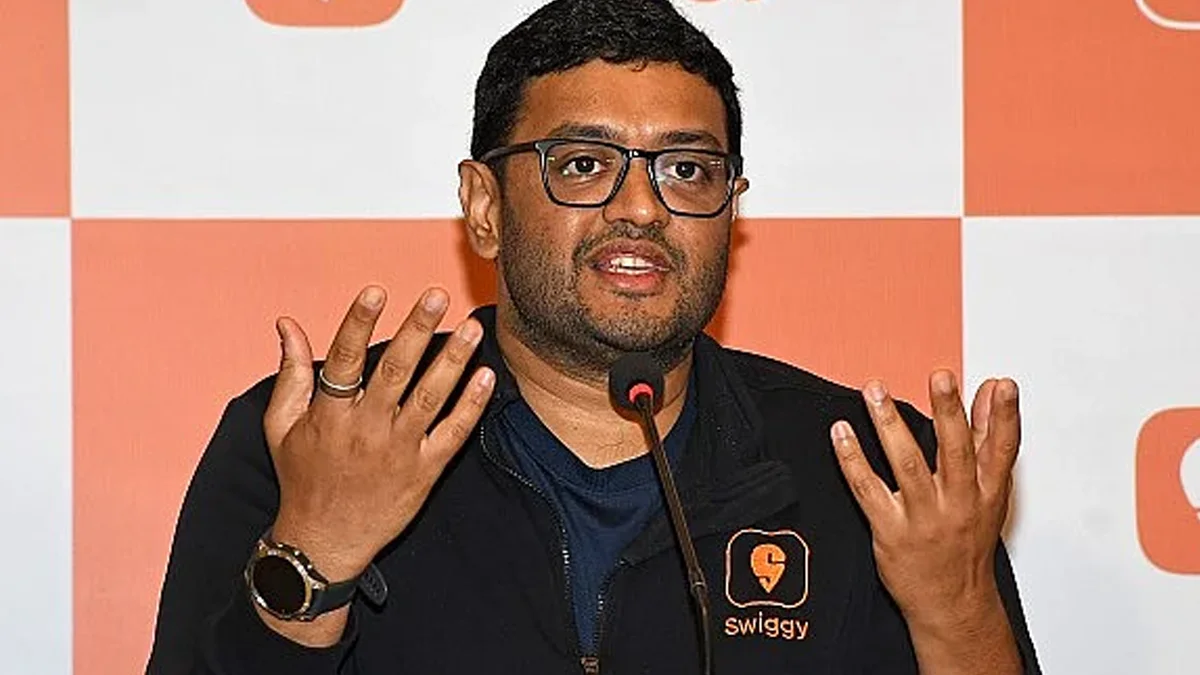Necessary Always Active
Necessary cookies are required to enable the basic features of this site, such as providing secure log-in or adjusting your consent preferences. These cookies do not store any personally identifiable data.
|
||||||
|
||||||
|
||||||
|

In a recent conversation about rising competition in the food delivery space, Swiggy CEO Sriharsha Majety shared his perspective on Rapido’s entry into food delivery. According to Outlook Business, Majety stated that the company remains “super agile and paranoid,” reflecting its preparedness for competition.
Majety’s statement offers a reality check for new entrants who might underestimate the complexity of building a sustainable food delivery business. While acknowledging that the market is not easy to crack, he said, “There were a dozen players in food delivery in 2015. In 2017, Uber and Ola threw their hats into the ring. Then, in 2019, Amazon threw its hat into the ring. In 2021, there was the entry of ONDC.”
According to Majety, any company entering this space must build not only a reliable tech stack but also an extensive delivery and restaurant network. He pointed out that Swiggy has spent years refining its operations, and it’s this backend efficiency that ensures timely deliveries and customer satisfaction.
When asked directly about Rapido, and its food delivery push, Majety added, “Credit to us and Zomato for having seen these…and I genuinely think we do a pretty good job of serving the consumer. It is not easy to get an opening that you can take a home run with.”
The food delivery business, as Majety explained, is dependent on multiple moving parts. Partnering with the right restaurants, maintaining service consistency, and managing a huge fleet of delivery executives are all daily challenges. The Swiggy CEO noted during the interview, “It will be interesting to see if there is an alternative take to food delivery that can grow the category because we are waiting for some more growth as well. If we see a new opening, we are going to be all over it. We are not going to wait and watch.”
For Rapido, entering food delivery is a natural extension of its logistics capabilities. However, Majety emphasized that food is a “different beast” altogether. He cited how customer expectations regarding food delivery are more immediate and sensitive compared to those for other delivery segments.
Swiggy’s growth strategy has been centered around customer experience, strong partner relationships, and continuous innovation. The company has invested heavily in AI and predictive analytics to reduce delivery time and personalize food recommendations.
Beyond food, Swiggy is also betting big on Instamart, its grocery delivery platform. Majety believes that Swiggy’s full-stack model is a key differentiator, allowing it to tap into various consumer needs from one platform.
Looking ahead, Swiggy’s expansion plans include deeper penetration into Tier 2 and Tier 3 cities, as well as strengthening its presence in existing metros. While competition is growing, both established players like Zomato and newcomers like Rapido, Swiggy remain focused on long-term growth.
Swiggy’s CEO also highlighted the growing potential of the quick commerce sector. He estimated that the market could grow to a size of $30 billion to $40 billion over the next three to five years. He said, “This size can support more than two players, but it remains unlikely that it can support five to six players.”